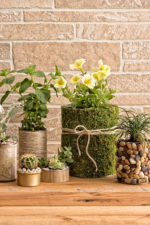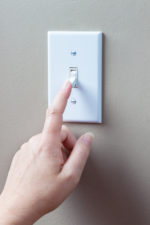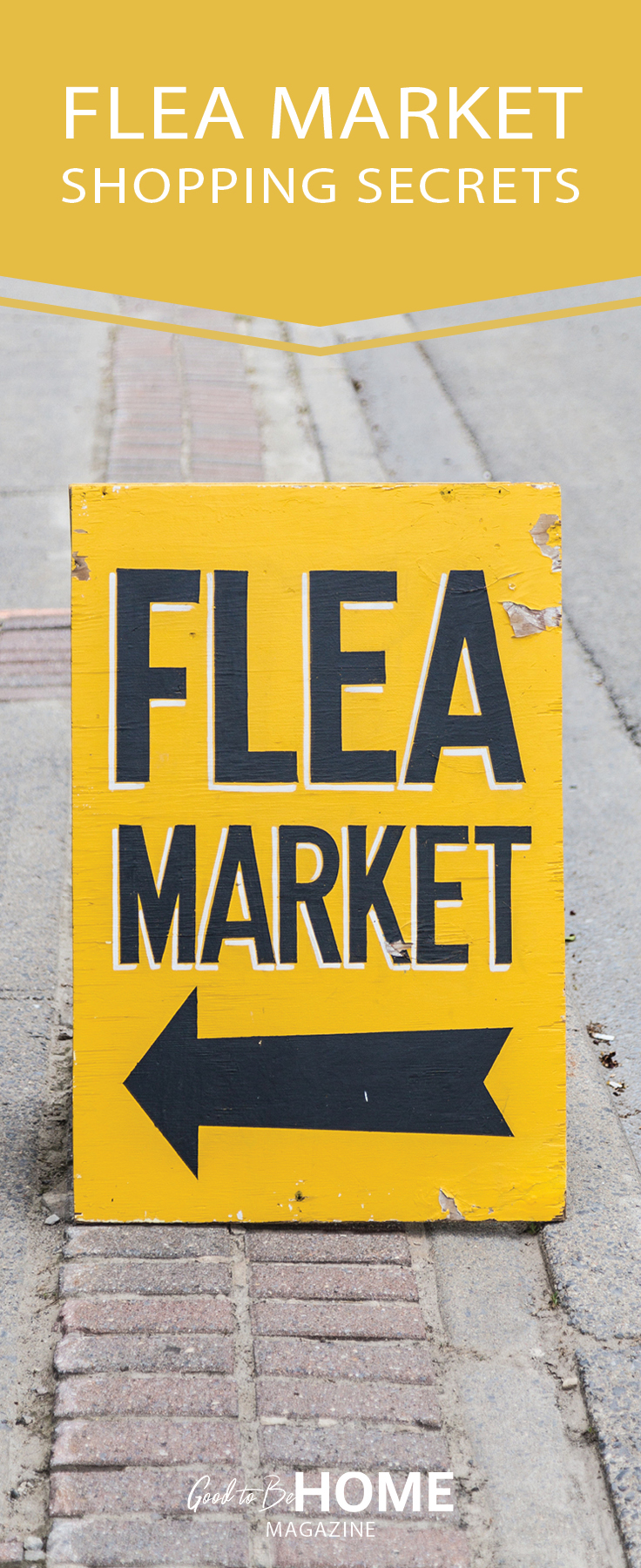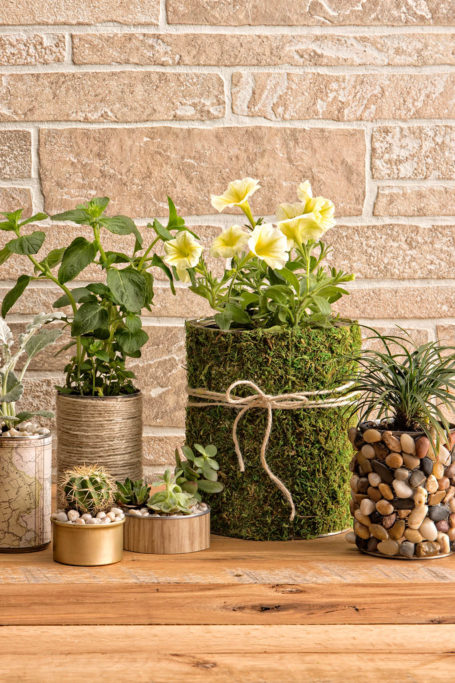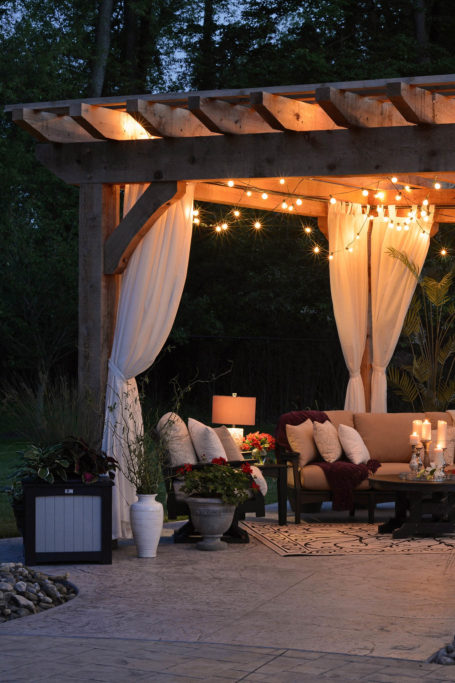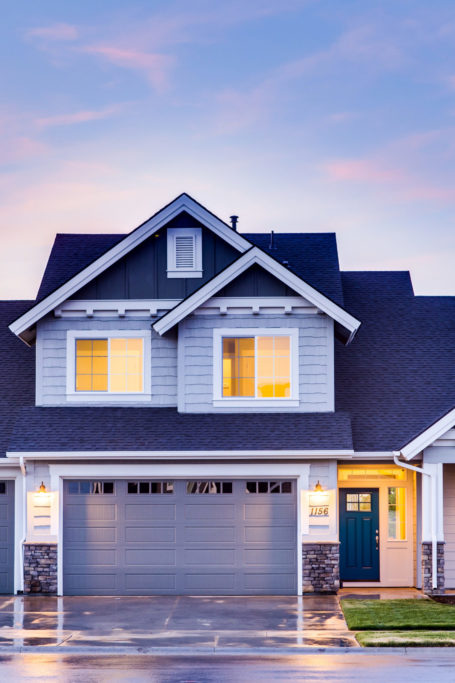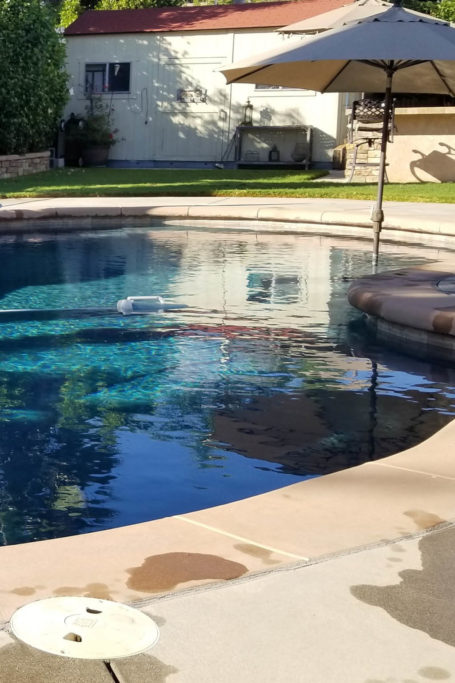Flea Market Shopping Secrets
Whether you call it a swap meet or a flea market, open-air markets with discounted goods are a hard opportunity to pass up—and summer is primetime for shopping at these giant sales. However, it’s important to go into your bargain hunt equipped with the best tips and tricks so you can go home successful and happy with your finds. Remember that the point of shopping from flea-market vendors is to support them and appreciate their wares.
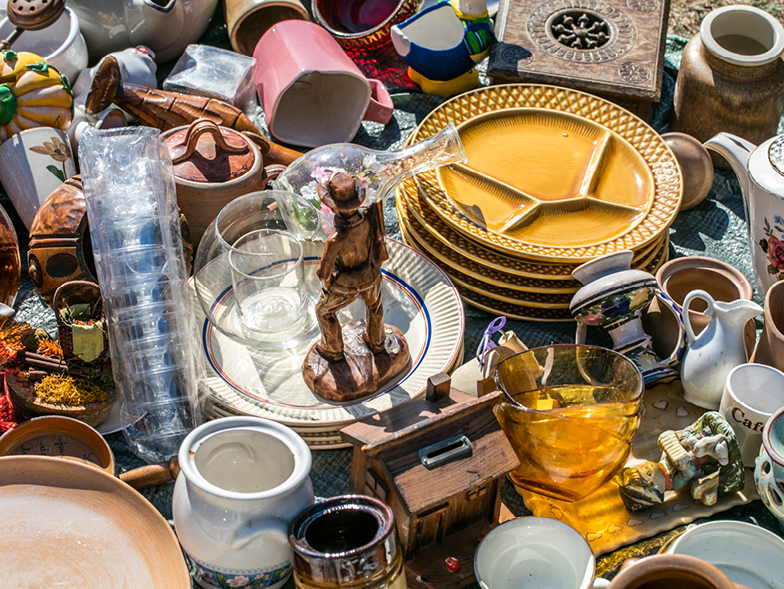
Do your research
Every flea market will have its own unique variety of items for sale. Typically you can find home furnishings, clothing, and decor that mainstream retailers don’t sell. The uniqueness of each flea market means it’s important to research which vendors will be there so you don’t waste your time browsing stands for items you don’t need. An easy way to determine whether a market is worth a visit is to look at its website or social media pages to find a list of the vendors and examples of items they’ll be selling.
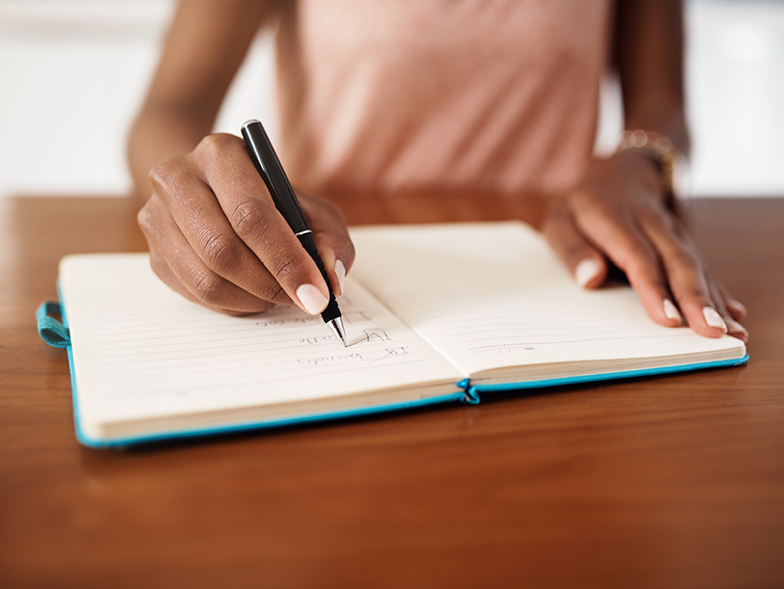
Prepare your strategy
Flea-market-shopping requires a solid strategy if you plan on scoring great finds. But planning doesn’t have to be complicated—it just requires attention to detail and a positive outlook. These tips can help you prepare.
Make a list
Like going to the grocery store, making a list before heading to the flea market can keep you focused on your priorities. The items on your list don’t need to be hyper specific, but categories such as bedroom decor and living room furniture can help you keep what you need top of mind.
Bring a buddy
Invite a loved one who enjoys shopping as much as you do. Bringing a friend can make the trip more fun but also will allow you to multiply your efforts. You can make better use of your time by dividing and conquering the grounds when you arrive and staking a claim on an item while your friend browses other stands.
Arrive early and prep your car
The early bird gets the worm—the best deals and items, that is. Depending on the size of the flea market, it can be a good idea to arrive up to an hour early to park close, find a map of the venue, and review your shopping list one last time before entering. Be sure to lower the seats in your car, and lay out a blanket or tarp if you plan on buying big pieces.
Find the deals first
Most flea markets put the best deals in the center booths toward the back and on the edges farthest from the main entrance. Due to less foot traffic, the vendors in these spots tend to have deeper discounts and more flexibility in negotiating prices. Resist the temptation to only browse booths that are front and center so you can get the best deals before they sell out.
Dress appropriately
The way you present yourself and how comfortable you feel can affect your shopping stamina and the type of deals you can get.
Leave your expensive items at home
Seasoned flea market shoppers will usually suggest dressing down—way down—think running shorts, sweatpants, and t-shirts. The idea is to blend in, so leave your favorite jewelry and designer purse at home.
Wear comfortable sneakers
Chances are you’ll be making a few laps around the flea market. Due to the level of physical activity, it’s appropriate to wear sneakers or other comfortable closed-toe shoes. Keep in mind the terrain might be uneven with dirt and rocks, so protecting your feet can help prevent any mishaps that might cut your trip short.
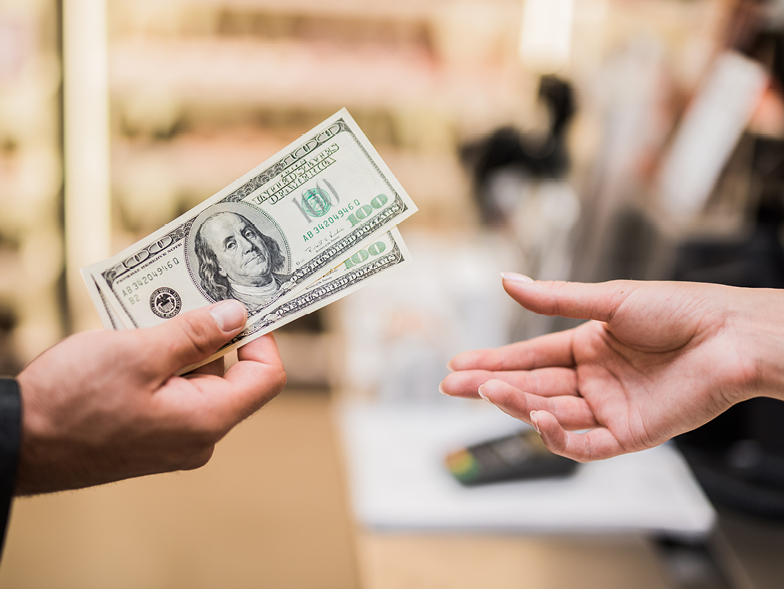
Bring the essentials
You probably have a routine every time you leave your house: grabbing your phone, wallet, and keys. But flea market shopping calls for extra steps before you hit the road. The following items can make your trip go smoothly.
Take cash
It’s tough to know which vendors will accept cards, but almost all vendors will accept cash and appreciate not having to pay the credit card processing fees. Be sure to bring plenty of one dollar bills and quarters to help make exact change.
Have a bag for your items
You’ll likely purchase more than one item during your trip, so you should bring a sizable, comfortable tote or backpack to store your purchases safely and keep your hands open to browse. Pro tip: bring a collapsible wagon for transporting heavy items. This wagon from Amazon even has cupholders to hold your coffee and water while you shop!
Have your phone ready
If you’re shopping for someone else, snapping photos of an object and texting it to them is the most efficient way to decide if you should lock in the deal or move on. Additionally, if you find something that isn’t a priority, you can snap a photo of it and its location to revisit it at the end of your trip.
Evaluate potential purchases
Don’t immediately jump on something that piques your interest. There are a few steps you should take before handing over your cash.
Go for good bones
Remember that flea market finds may not be shiny and new, but you can repurpose them. Ask the vendor questions about the material, age, and special care instructions. Their response can help you decide if you can customize it to your liking.
Negotiate a price
Don’t be afraid to haggle. There are a few tried-and-true methods that you can use depending on the scenario. Always be respectful, and remember that the seller needs to make a living and puts time and effort into presenting their items.
- Buy a few items at once and ask for a discount. For example, if you buy two bowls, ask for 10 percent off, 15 percent for three, and so on. You and the seller can both benefit from this tactic because you can get a deal while the seller can get rid of more items at once.
- Show consideration for the piece by praising its craftsmanship and giving an anecdote about how perfect it would be in your home or as a gift for someone. People love to know that their wares will be cherished and might give you a better price for your kindness.
- Always ask and don’t declare. Instead of saying, “I’ll give you five dollars,” say “Can you do five dollars?” or “Would you agree to five dollars if I bought this piece and that piece together?” People are much more willing to answer with a yes when asked a question rather than being told what their item is worth.






